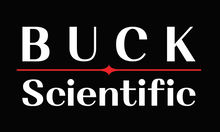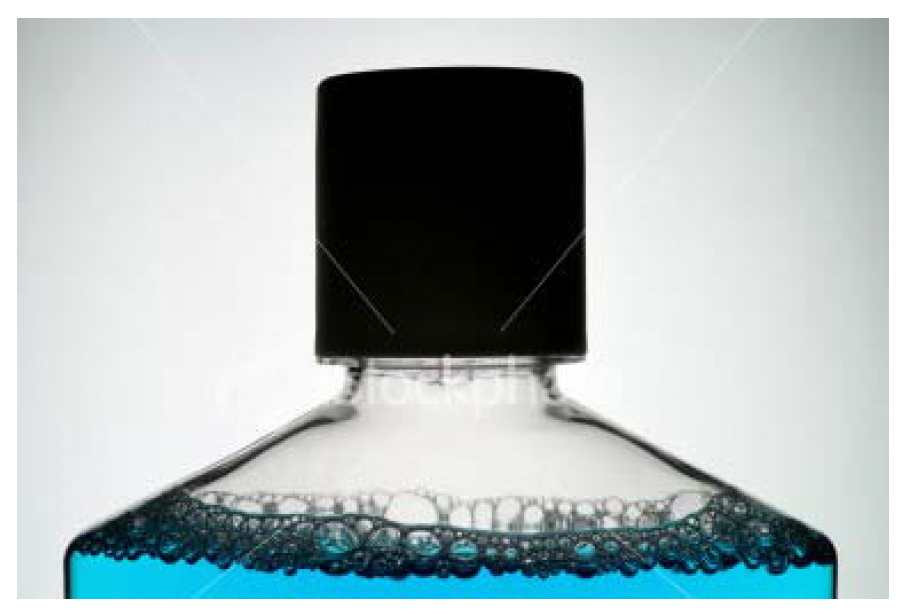Introduction:
Chromatography is a group of processes that are used in analytical chemistry to separate a mixture into its individual components. There are several types of chromatography the two most commonly used are probably gas chromatography (GC) and high performance liquid chromatography (HPLC). In general, chromatographic systems have four main components: a column or capillary, a stationary phase (non-moving) in the column or capillary, a mobile phase that flows through the column or capillary and a way to detect compounds at the end of the column or capillary. The basic principle of chromatography is that different compounds in a mixture spend different amounts of time in the stationary phase and therefore, take different amounts of time to reach the end of the column or capillary. The amount of time a compounds spends in the stationary phase depends on one or more chemical or physical properties of the compound including, but not limited to: size, molecular weight, polarity and shape.
GC is used to separate gases or liquids that can be heated to the vapor phase without decomposing. The mobile phase of GC is usually an inert gas such as helium and simply carries the compounds down the column or capillary when the compound is not adsorbed (stuck to) the stationary phase. The stationary phase of a GC separation can vary dramatically depending on the properties of the molecules to be separated. When a compound leaves the column or “elutes” it then passes through a detector that senses the presence of the compound and registers a response. There are many detectors that can be used for GC. A thermal conductivity detector (TCD) can be used to detect most molecules. Other detection methods are more specific to the compounds, for instance a flame ionization detector (FID) or a catalytic combustion detector (CCD) are great detectors for hydrocarbons (i.e. propane, butane, octane) but would not be able to detect other compounds such as H2 or N2O since they do not contain any carbon. A plot of the
Property Buck Scientific, Inc. East Norwalk, CT 06855 800-562-5566
detector response versus time is called a chromatogram. The time that a compound elutes (shows a peak on the chromatogram) from the column can be used to identify the compound for qualitative analyses. The area of each peak can be used to determine the amount of compound present in the original mixture (quantitative analysis) as long as a calibration curve is prepared first relating the peak area to the concentration of the analyte.
Purpose:
Many common household products contain chemicals that can be analyzed using gas chromatography. Alcohols, chemicals that contain an –OH group, are used commonly in household products including mouthwash and rubbing alcohol. The alcohol in mouthwash, ethanol, is the same as that of alcoholic beverages (don’t try drinking it though, it won’t be a pleasant experience) and leaves that “fresh” feeling in your mouth, as well as dissolving and carrying out many chemicals that may have been in your mouth. Gas chromatography can be used to determine just how much ethanol is in different samples of mouthwash.
Instrumentation:
Buck Model 310 Gas Chromatograph (GC) with internal air compressor and catalytic combustion detector (CCD).
Peak Simple Software
10 μl syringe
Supplies:
Denatured ethanol
Deionized water
Samples:
Various mouthwashes (some may not contain ethanol)
Safety:
Avoid exposure to denatured ethanol (it contains chemicals that could be irritating to the skin and eyes). Wear gloves when preparing samples. Wear goggles at all times in the lab. Always follow good laboratory practices.
Procedure:
Instrument Setup:
Follow the specific instrument procedures in the manual for initial instrument set up
Turn on GC
Open Peak Simple Software and ensure proper setup of software interface (see Addendum below for instructions on how to properly set up Peak Simple)
Set the temperature to 40°C for 15 minutes. (Note: This may be altered to optimize the separation)
Standard Preparation:
Property Buck Scientific, Inc. East Norwalk, CT 06855 800-562-5566
Use “denatured” ethanol to prepare calibration standards. (denatured means the ethanol has had methanol, iso-propanol and methyl-isobutyl ketone added to it, making it poisonous if ingested and legal to have on most school properties.)
Note the percent mass of ethanol on the bottle label and use this mass to prepare 5 and 10% w/v ethanol standards in deionized water.
Sample Preparation:
Make 25% dilutions of mouthwash in deionized water. (1 part mouthwash to 3 parts deionized water)
Chromatographic Data Collection:
When system is ready, use syringe to obtain ~ 5 μl of sample or standard avoiding bubbles in the barrel of the syringe.
Depress the plunger of the syringe so that only 2 μl are left (other volumes can be used, but larger volumes tend to increase peak width and hurt resolution in the chromatograms).
Insert syringe into “on column injector” so that needle is completely inserted (you will feel resistance about halfway through insertion due to the septum).
Depress plunger on the syringe and start data collection simultaneously (the more consistent you are with the timing, the more reproducible your data will be.)
Pull syringe from injector port within 10 seconds of injection (Again, the timing needs to be consistent to obtain reproducible results.)
Rinse syringe with methanol after each injection.
Allow separation to run for 15 min and record and save results. (The time may be reduced if all peaks are eluting well before 15 minutes.)
Note the elution time (time at the center of a chromatographic peak) of the major components.
Repeat each sample/standard three times.
Dispose of all waste in appropriately labeled waste containers.
Use Peak Simple to integrate the area of the peaks for all of the standards and the samples.
Save and record all integration data.
Calculations:
Use the area of all standard peaks to produce calibration curves for each chemical of interest.
Using the calibration curve, determine the concentration of ethanol in each of the diluted samples.
After determining the concentrations of chemicals in the diluted samples, calculate the concentration in the original sample.
Questions:
Where is the biggest chance of non-reproducibility and inaccuracy in the experimental procedure? How might you solve this problem?
Are you certain that the peaks from the samples are only due to one component? Could there be other molecules that are eluting from the column at the same time? What would be a way of testing to see if this was the case?
Property Buck Scientific, Inc. East Norwalk, CT 06855 800-562-5566


